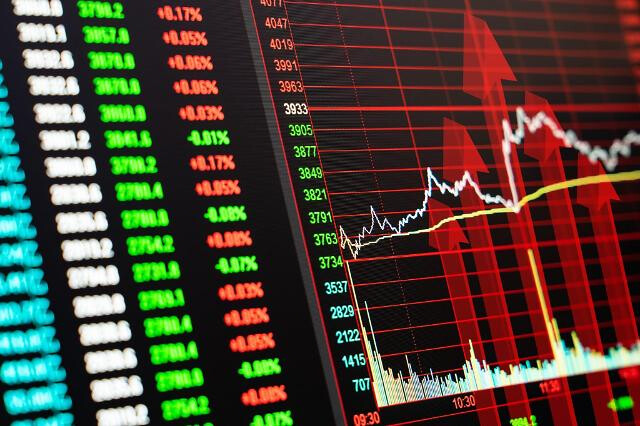
Investors and analysts are keenly awaiting the release of China's April industrial production figures by the National Bureau of Statistics of China on May 19th, which is poised to be a critical indicator of the nation's economic health. Market consensus suggests a year-on-year increase of 5.9%, a deceleration from the robust 7.7% growth recorded in March. This anticipated slowdown is primarily attributed to a softening in export growth and a weakening manufacturing sector, compounding existing concerns over potential deflationary pressures within the Chinese economy.
The upcoming industrial production data carries significant weight. Should the actual figures fall considerably short of market expectations, it could exacerbate fears of a more pronounced economic downturn, potentially triggering a rapid cooling of investor sentiment. Conversely, if the data meets or exceeds forecasts, it could provide a measure of reassurance, suggesting that the economic slowdown might not be as severe as feared.
Adding another layer of anticipation is the expected announcement of the People's Bank of China's (PBOC) one-year and five-year Loan Prime Rates (LPR) around May 20th. A reduction in these benchmark lending rates appears to be a foregone conclusion following the PBOC's recent move to lower the reserve requirement ratio (RRR) for banks by 0.5 percentage points and a cut in the benchmark interest rate by 0.1 percentage points. The LPR serves as a de facto policy rate, influencing borrowing costs across the economy. The anticipated rate cut would see the one-year LPR decrease from its current 3.1% to 3.0%, and the five-year LPR reduced from 3.6% to 3.5%, marking a shift from the prolonged period of stability observed since October of last year. This policy easing underscores the central bank's commitment to bolstering economic activity.
The specter of deflation has been increasingly discussed in the context of the Chinese economy. Deflation, characterized by a sustained decline in the general price level of goods and services, can lead to decreased consumer spending and investment as individuals and businesses postpone purchases in anticipation of lower prices. This can create a vicious cycle of weakening demand and further price declines, ultimately hindering economic growth. The performance of the April industrial production, alongside other price indicators, will be closely scrutinized for any signs of deepening deflationary trends.
Despite these underlying concerns, several global investment banks have maintained a positive outlook on the Chinese stock market. This optimism is partly fueled by the perceived de-escalation of trade tensions between the United States and China, although the fundamental issues remain complex and subject to future developments. Furthermore, the Chinese government's recent implementation of various stimulus measures aimed at revitalizing the economy has contributed to upward revisions in market forecasts by major financial institutions.
Goldman Sachs, in a recent assessment, lauded the announced stimulus measures and subsequently raised its 12-month target for the CSI 300 index to 4400. This target represents a potential upside of approximately 15% from current levels, signaling a belief in the market's growth potential. This positive sentiment from Goldman Sachs is echoed by other institutions that anticipate the combined effect of supportive monetary policy and targeted fiscal measures will provide a tailwind for Chinese equities.
However, analysts caution that the effectiveness of these stimulus measures and the sustainability of the trade "truce" remain key uncertainties. The global economic environment, characterized by persistent inflationary pressures in many developed economies and geopolitical risks, also presents external headwinds for China's growth prospects. The interplay of these domestic and international factors will ultimately determine the trajectory of the Chinese economy and the performance of its financial markets in the coming months. The upcoming release of the industrial production data and the PBOC's monetary policy decision will provide crucial insights into the current state of affairs and the potential path forward.
[Copyright (c) Global Economic Times. All Rights Reserved.]






























